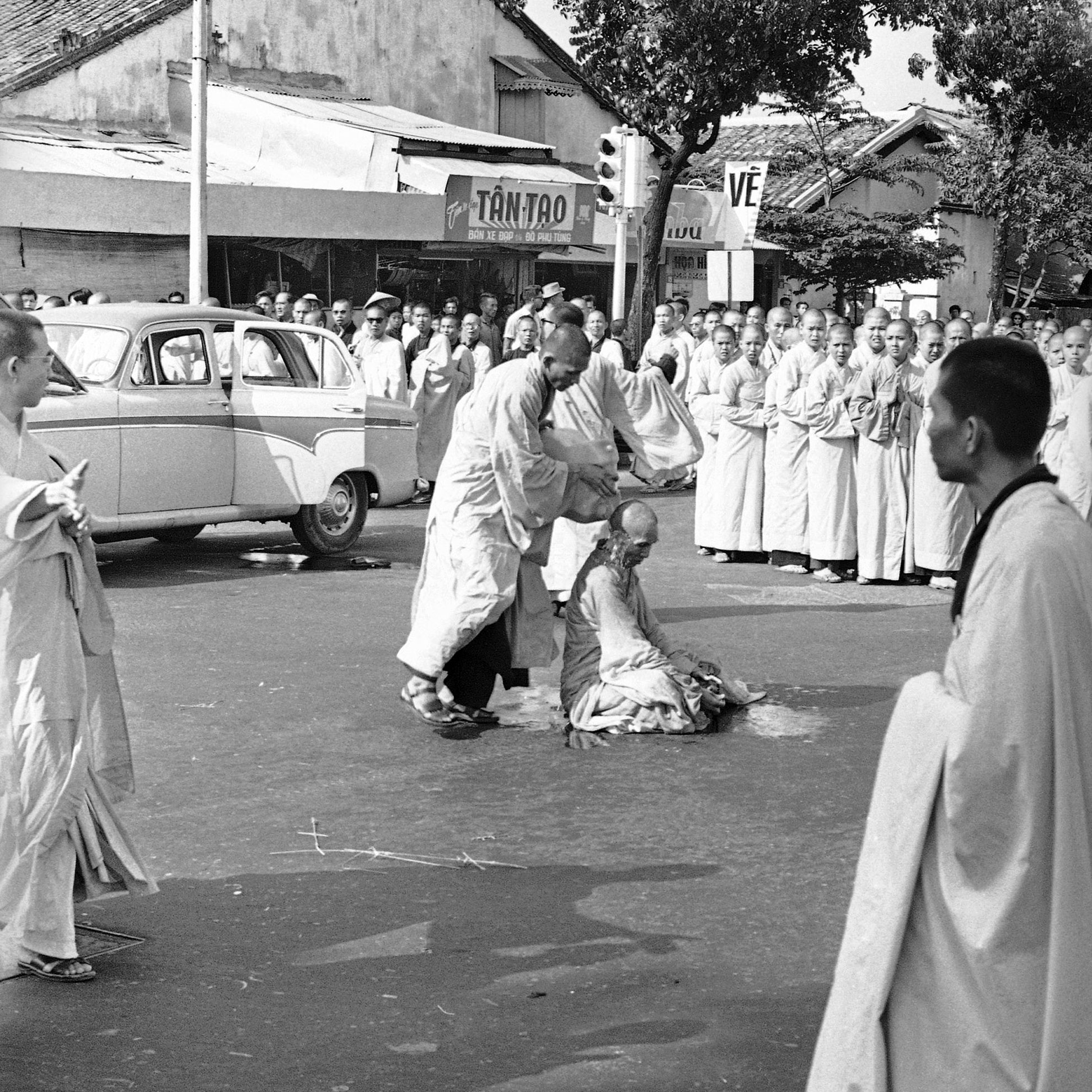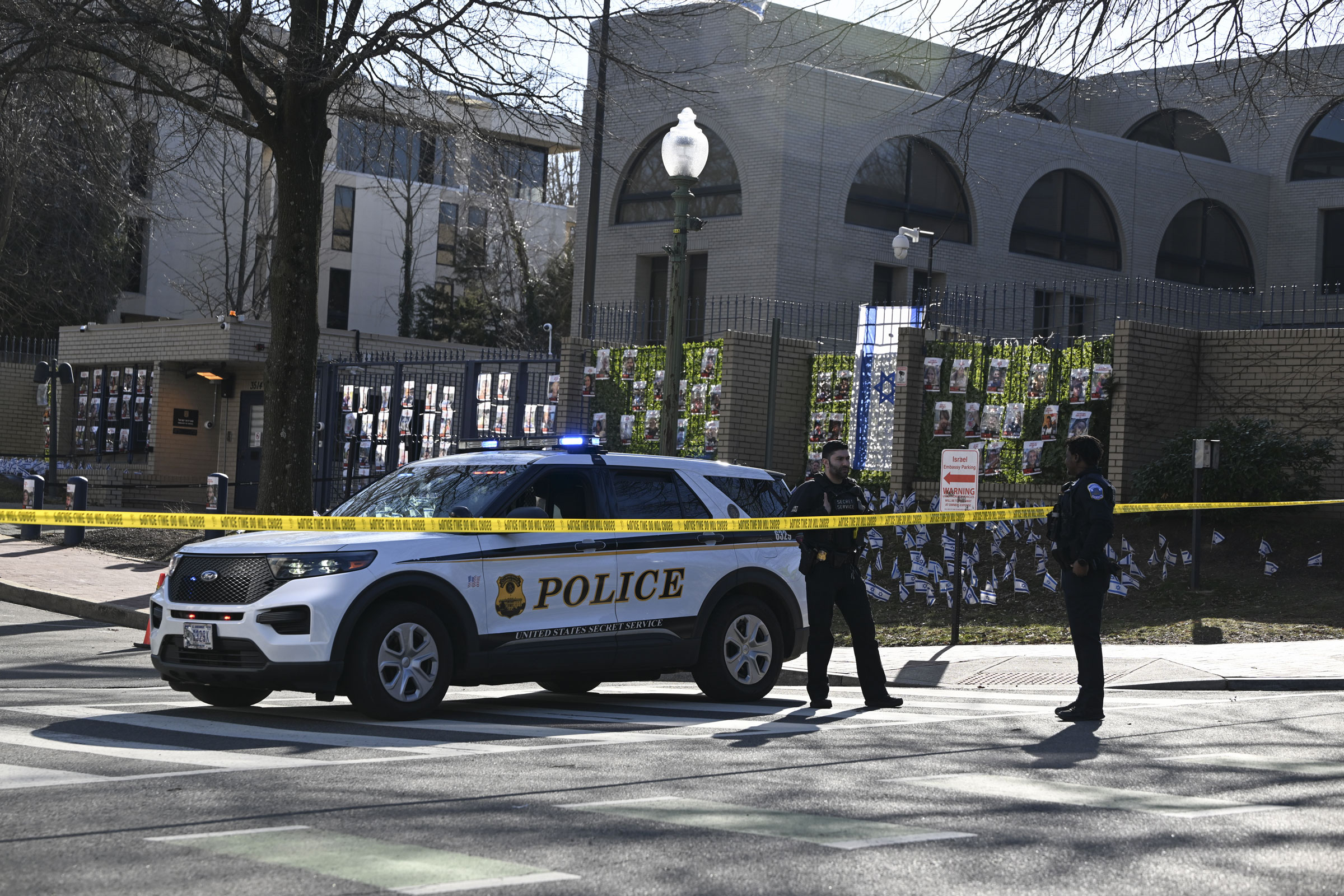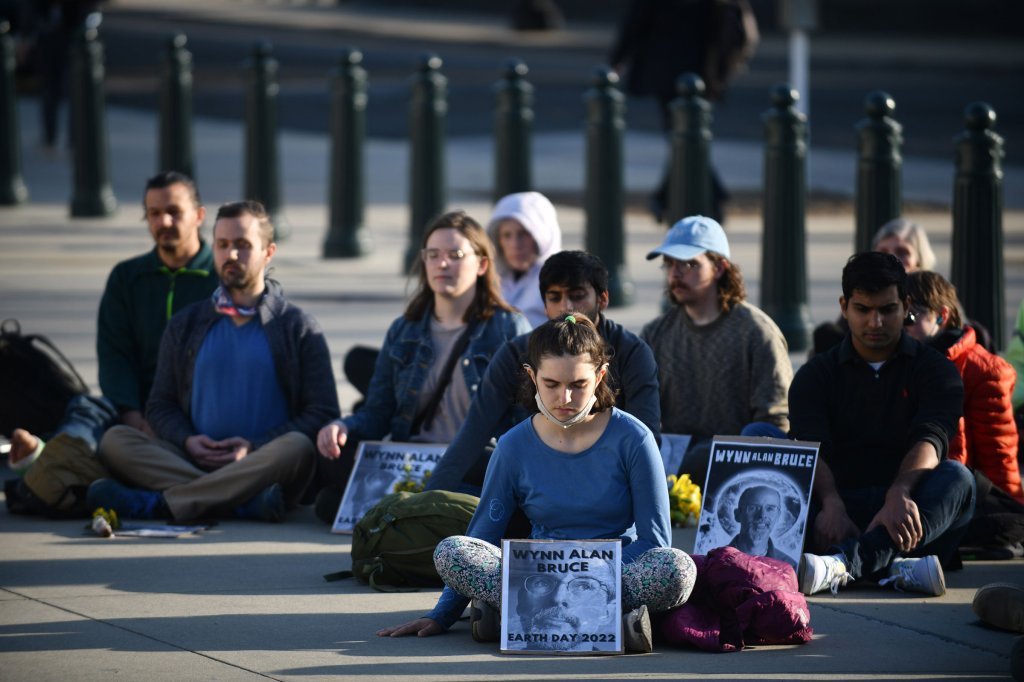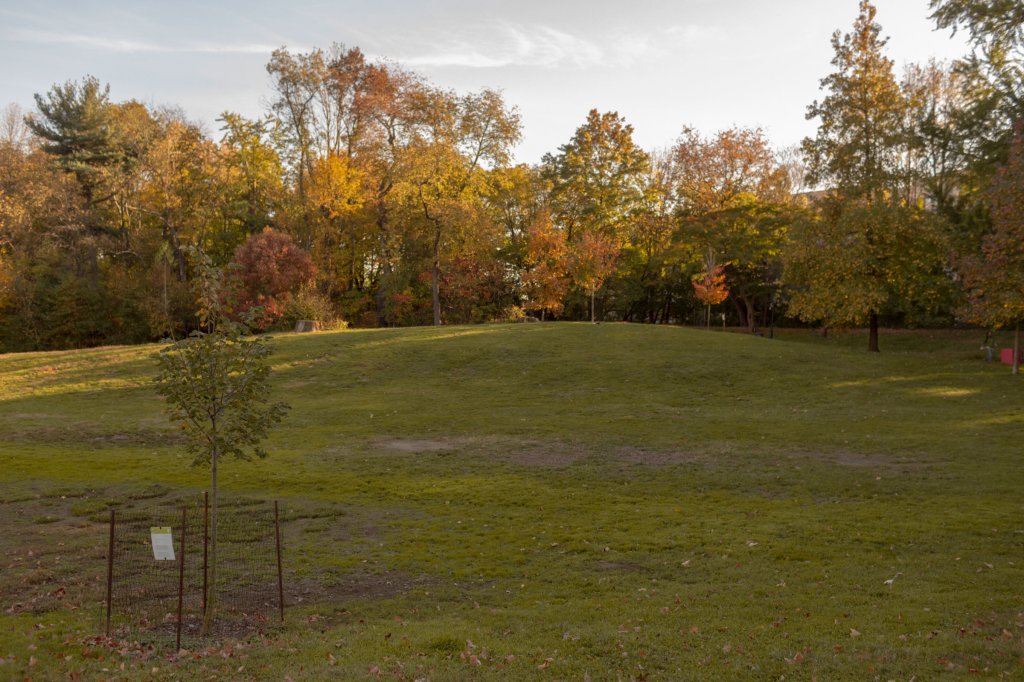
A U.S. airman died after setting himself on fire in front of the Israeli embassy in Washington, D.C. on Feb. 25 in order to protest what he called a “genocide” of Palestinians in the Israel-Hamas war. Aaron Bushnell’s action is part of a long and controversial history of self-immolation as political protest.
In the past, self-immolation has been used as an extreme form of protest against political leaders in Tunisia during the Arab Spring, the Vietnam War, and climate change. And Bushnell isn’t the first to self-immolate in protest of the Israel-Hamas war. In December, an unidentified individual self-immolated outside of the Israeli consulate in Atlanta, in what police described as “likely an extreme act of political protest.”

“It's an act of despair,” says Ralph Young, a history professor at Temple University. “You feel that there's nothing that you can do, or that people are willing to do, so this is the ultimate sacrifice—yourself.”
Read More: U.S. Serviceman Dies After Setting Self on Fire Outside Israeli Embassy to Protest War in Gaza
The practice of self-immolation dates back centuries, according to ancient Hindu tales of Sati, the wife of a Hindu god who got married without her father’s approval. Some retellings of her life say that Sati burned herself to death on her husband’s funeral pyre, and are used as justification for the practice of ritual suicide that has long been banned in India. Self-immolation was also committed by a group of Christians around 300 A.D., acting before authorities could carry out a sentence from the Roman emperor Diocletian that they should be burned alive.
One of the first and most well known acts of self-immolation in modern history was conducted by Thich Quang Duc during the Vietnam War. The Vietnamese monk set himself on fire in Saigon in 1963 in protest of the persecution of Buddhists by the South Vietnamese government backed by the U.S. Several other monks followed his example.
Thich Quang Duc’s self-immolation became one of the most enduring and haunting images of the war. “The average American would have said, ‘Well, we're supporting democracy, and fighting against communism,’ and this image of this monk choosing this terrible way to die to protest against the American government, was really shocking,” says Michael Biggs, associate professor of sociology at Oxford University.
Read More: Malcolm Browne: The Story Behind The Burning Monk
Some people in the U.S. also self-immolated as a means of protest during the Vietnam War, including a Quaker named Norman Morrison who set himself on fire outside the Pentagon while clinging to his child.
The tactic has not only been used to protest wars. In India in the 1960s, the practice was used in protest of the implementation of Hindi as a national language. In 2009, a Tibetan monk self-immolated in protest of Chinese rule in Tibet, in an incident that sparked mass protests in Western China. Over 100 monks set themselves on fire over several years.
More recently, the tactic has been used by climate activists to protest climate change. In 2018, David Buckel, a retired American lawyer, set himself on fire in Brooklyn’s Prospect Park. In 2022, climate activist Wynn Alan Bruce set himself on fire at the plaza in front of the Supreme Court. “This act is not suicide,” Kritee Kanko, a climate scientest and friend of Bruce wrote on Twitter following the act. “This is a deeply fearless act of compassion to bring attention to [the] climate crisis.”


”It's the most violent nonviolent type of action. People are killing themselves in an explicitly gruesome way,” says Jack Downey, a professor at the University of Rochester whose research focuses on contemporary justice movements. “They're choosing to end their own life as a public statement. The statement is meant to be shocking, and is meant to articulate their level of grievance.”
If you or someone you know may be experiencing a mental-health crisis or contemplating suicide, call or text 988. In emergencies, call 911, or seek care from a local hospital or mental health provider.
Correction, March 6
A previous version of this story mischaracterized the action of Christians in 300 A.D. They threw themselves into a fire after they were sentenced to being burned alive; they didn't choose independently to do so.
More Must-Reads From TIME
- The 100 Most Influential People of 2024
- Coco Gauff Is Playing for Herself Now
- Scenes From Pro-Palestinian Encampments Across U.S. Universities
- 6 Compliments That Land Every Time
- If You're Dating Right Now , You're Brave: Column
- The AI That Could Heal a Divided Internet
- Fallout Is a Brilliant Model for the Future of Video Game Adaptations
- Want Weekly Recs on What to Watch, Read, and More? Sign Up for Worth Your Time
Write to Simmone Shah at simmone.shah@time.com